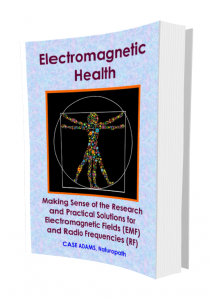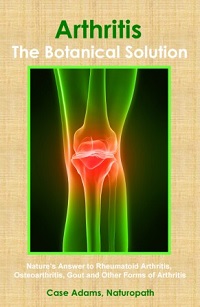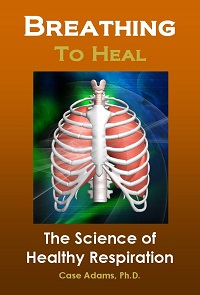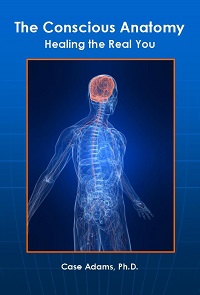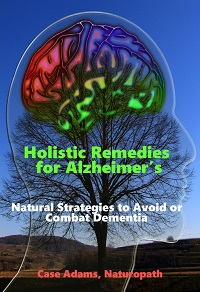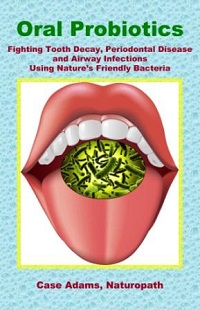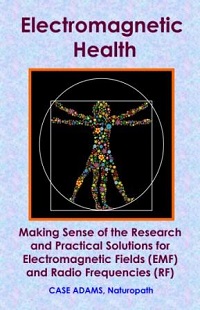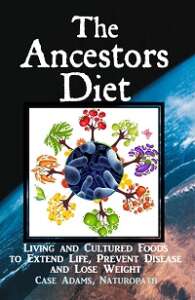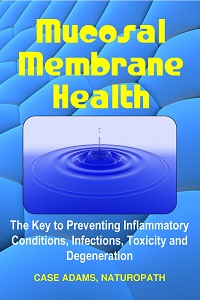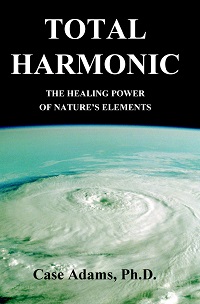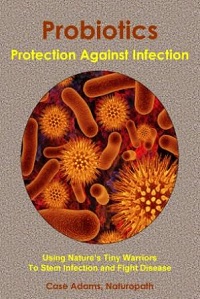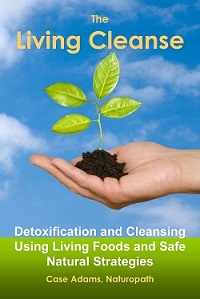Fukushima Radiation Exposure and Risks Overblown According to Doctors
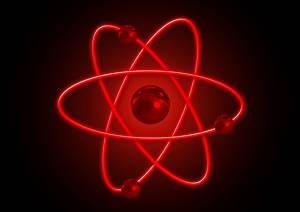
Fukushima radiation risks are exaggerated according to some.
A report issued by researchers and doctors from the Physicians for Civil Defense has suggested that the stress of evacuation related to the Fukushima Daiichi nuclear generating station has produced greater health risks than the radiation exposure itself.
Jane Orient, M.D., the president of Physicians for Civil Defense, announced the findings in a release in 2012 from Tucson, Arizona.
In this article
30 km radius evacuated
A total of about 172,000 people have evacuated within a 30 kilometer radius of the Fukushima Daiichi plant. Many were forced out or were otherwise advised to evacuate.
Dr. Orient stated that the radiation doses the population was exposed to was not as dangerous as the stress brought on by evacuation. “The stress of evacuation can itself cause death, so it is important not to over-react,” stated Dr. Orient.
“Panic that leads to disruptions in people’s lives is deadly as well as costly,” Dr. Orient continued. “It’s especially tragic when fear-driven measures ‘protect’ people from levels of radiation that are far more likely to benefit than to harm them.”
Despite the panic echoed through the media, it turns out that the dose levels, even in the red zones closest to the reactors, were lower than normal background radiation levels in a number of other parts of the world. The red zones around the Fukushima Daiichi nuclear reactors peaked at about 0.2 rad/day or 2 millisieverts per day (mSv/day), which is equivalent to about 600 millisieverts per year (mSv/yr).
Research has illustrated that regions of France, India, Iran and Brazil normally have background exposure levels that come close to or exceed these. Regions in Brazil and West France, for example can easily exceed 700 mSv/year, while areas of Iran often exceed 400 mSv/year. And none of these areas have little evidence of increased cancer incidence.
Comparing to Chernobyl
Many state that the Fukushima accident compares with the Chernobyl nuclear accident. Actually, the exposure was far less. Furthermore, research has indicated that public health officials overestimated the death toll due to the Chernobyl accident by at least 800,000 people. The first study to find this was led by Dr. Zbigniew Jaworowski, a physician and professor, and former Chairman of the United Nations Scientific Committee on the Effects of Atomic Radiation, and Chairman of the Scientific Council of the Central Laboratory for Radiological Protection. Dr. Jaworoski’s research found that not only was the Chernobyl death rate overestimated, but the amount of exposure was greatly exaggerated.
“The projections of thousands of late cancer deaths based on LNT (linear non-thresholds) are in conflict with observations that in comparison with general population of Russia, a 15% to 30% deficit in solid cancer mortality was found among Russian emergency workers, and a 5% deficit of solid cancer incidence among the population of most contaminated areas,” Dr. Jaworoski wrote.
The research also found that the total radiation emission given off by Chernobyl into the atmosphere was 200 times less than the amount released from the explosion of 543 nuclear bombs that have been exploded in the atmosphere since 1945. The highest environmental exposure from the bombs was 0.113 mSv in 1963.
Those living in the contaminated areas of Russia in the decade after the Chernobyl accident were exposed to only 0.76 mSv/year to 0.9 mSv/year.
More interestingly, Jaworoski’s research also found that mortality rates among the most exposed people were lower than mortality rates found in areas with typically high background rates of radiation.
Normal radiation exposures
Denver residents are exposed to 3 mSv/year plus a dose of 2.4 mSv/year in background exposure. The International Commission on Radiation Protection (ICRP)’s standard for evacuation is 1 mSv/year, which would require Denver to evacuate immediately.
Dr. Richard Muller – physics professor at University of California, Berkeley – has called the 3 mSv/year plus 2.4mSv/year in background radiation the “Denver dose.”
Dr. Jaworoski’s research found that that cancer rates in the Chernobyl contaminated areas were lower among those exposed to greater levels of radiation.
Dr. Jaworoski’s data also determined that the screening for cancer had more to do with the higher rates of diagnosis than anything else. Higher rates of illnesses were later found by UN investigators to be attributed to the high rate of smoking and drinking of residents. The 2005 UN report stated: “No evidence or likelihood of decreased fertility among the affected population has been found, nor has there been any evidence of congenital malformations.”
“The ‘cancer dose’ that some people calculate assumes that even one ‘hit’ from a gamma ray can induce a cancer,” said Dr. Orient. “In fact, every cell in the body experiences 200,000 ‘hits’ per day from natural processes. Low-dose radiation stimulates the natural repair mechanisms.”
The report also extrapolated estimates of average lifetime radiation exposures over a 70 year lifespan. The U.S. average is 180 mSv/life, Sweden is 410 mSv/life, Finland is 510 mSv/life, Chernobyl’s “high contamination” region is 480 mSv/life, Kerala, India, a coastal region, averages 1,600-14,000 mSv/life, and Ramsar, Iran averages 18,200 mSv/life.
Sweden and Finland happen to have some of the longest average lifespans as well.
Accidental radiation exposure from cobalt-60 contaminated steel in Taiwan apartments actually seemed to immunize residents against cancer, according to a study published in 2004.
The issue of evacuation criteria for radiation accidents is being reviewed by Doctors for Disaster Preparedness. After a recent meeting they have proposed that an evacuation standard should reflect the normal background radiation of that region rather than be a one-size-fits-all.
Our bodies are more resilient than we might think. And we might be actually seeing the effects of radiation killing off growing cancers elsewhere due to a stimulation of the immune system.
Yes, radiation in large doses is dangerous
This doesn’t mean that radiation exposures are not disastrous to life and the environment in the short and long run. For example, CT scans are linked with brain cancer and leukemia. And these and other medical tests are often unnecessary according to some research.
Radiation has the effect of rearranging nature. We might think that our immune systems become tolerant in the short-run, but the long-term effects to our children’s DNA is largely uncertain. For example, a study published in Ecological Indicators found that populations of birds, cicadas and butterflies decreased in Fukushima- and Chernobyl-contaminated areas, while populations of dragonflies, bumblebees and grasshoppers remained intact. Meanwhile spider populations increased significantly. This rearranging of species mirrors the genetic changes we will likely see over time.
While we cannot ignore other studies that show that radiation can produce cancer, when it comes to longer-term environmental radiation dosage, we must draw from a deeper perspective – one that includes immunity, tolerance and the ability of the body to adapt to environmental radiation.
The fact is, our bodies are more tolerant than we like to admit. Remaining healthy is part of encouraging that tolerance. It is for this reason that a number of natural substances, such as kelps and spirulina, have been shown to be cancer-protective in radiation exposures. Changing the world will require significant effort and we can be part of that change. But in the meantime, we can also teach our bodies to become more tolerant.
REFERENCES:
Jaworowski, Z. Observations on the Chernobyl Disaster and LNT. International Dose-Response Society 2010; 1559-3258.
Physicians for Civil Defense. The Aftermath of Fukushima. Civil Defense Perspectives September 2012, Vol. 28 No. 6.
Anders Pape Møllera, Isao Nishiumic, Hiroyoshi Suzukid, Keisuke Uedab, Timothy A. Mousseaue. Differences in effects of radiation on abundance of animals in Fukushima and Chernobyl. Ecol Indic. 2013 Jan (24): 75-81.
Muller R. Energy for Future Presidents: The Science Behind the Headlines. WW Norton, 2012.
Adams C. Electromagnetic Health: Making Sense of the Research and Practical Solutions for Electromagnetic Fields (EMF) and Radio Frequencies (RF). Logical Books, 2010.

